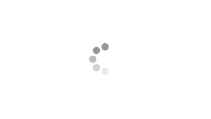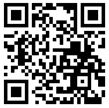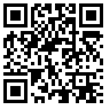Printing Books
0
Share
Printing Books Details
Printing Books is a process for reproducing text and images using a master form or template. The earliest examples include Cylinder seals and other objects such as the Cyrus Cylinder and the Cylinders of Nabonidus. The earliest known form of woodblock Printing Books came from China dating to before 220 A.D.[1] Later developments in Printing Books include the movable type, first developed by Bi Sheng in China around 1040 AD. Johannes Gutenberg introduced mechanical movable type Printing Books to Europe in the 15th century. His Printing Books press played a key role in the development of the Renaissance, Reformation, the Age of Enlightenment, and the scientific revolution and laid the material basis for the modern knowledge-based economy and the spread of learning to the masses.
Modern large-scale Printing Books is typically done using a Printing Books press, while small-scale Printing Books is done free-form with a digital printer. Though paper is the most common material, it is also frequently done on metals, plastics, cloth, and composite materials. On paper it is often carried out as a large-scale industrial process and is an essential part of publishing and transaction Printing Books.
Following is the specification of the Printing Books,
| Size | 160 x 160mm |
| Pages | 12 pages |
| Materials | PEVA outside, inside is foam |
| Packing | pp polybag with header card |
| Price | US$0.70~1.20 depend on the quantity of your printing |
TOP




